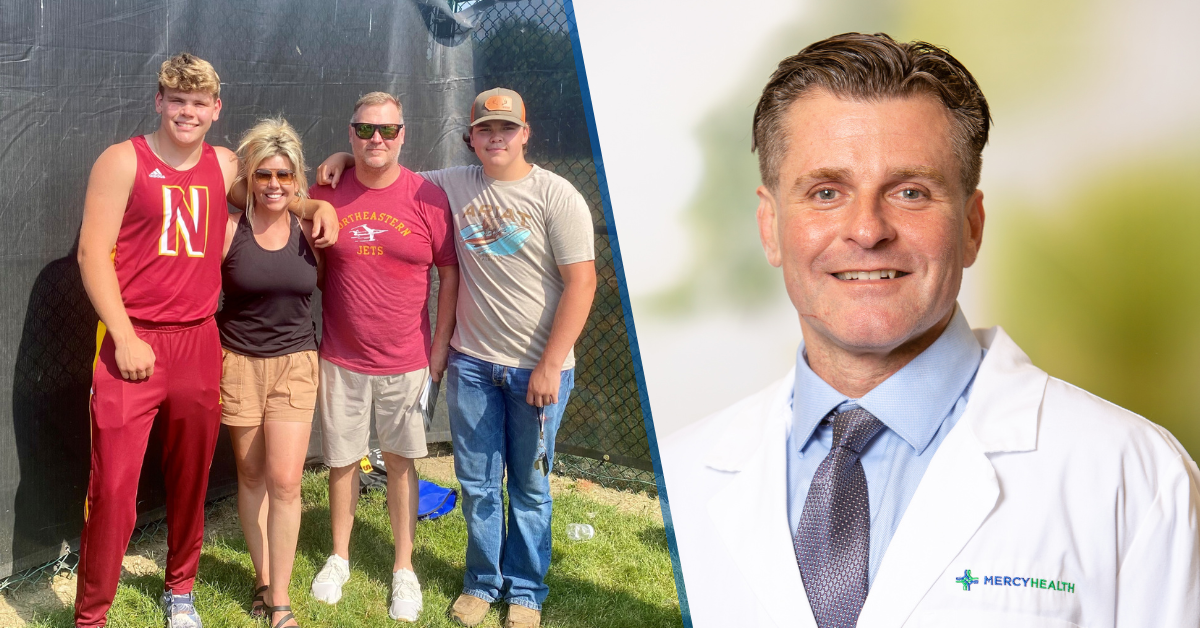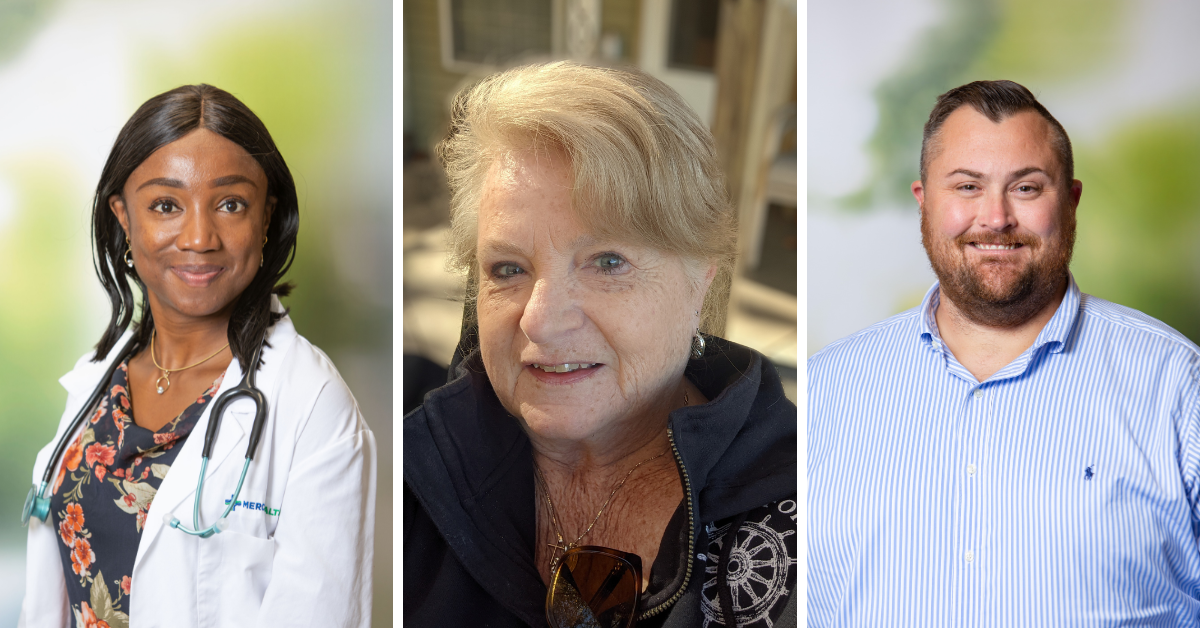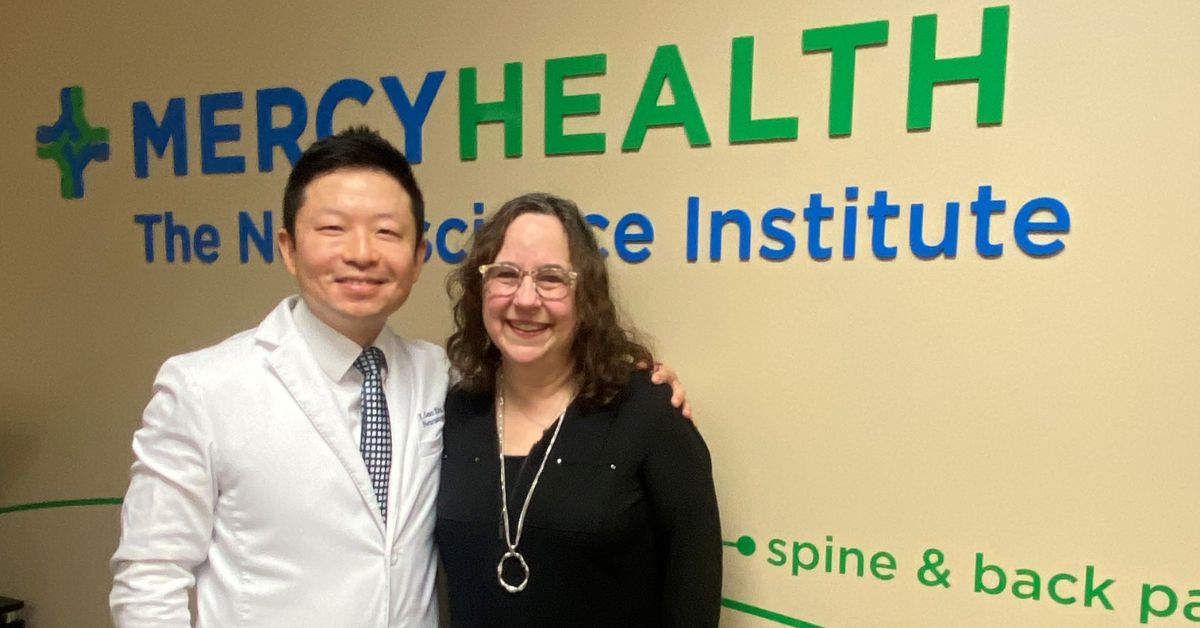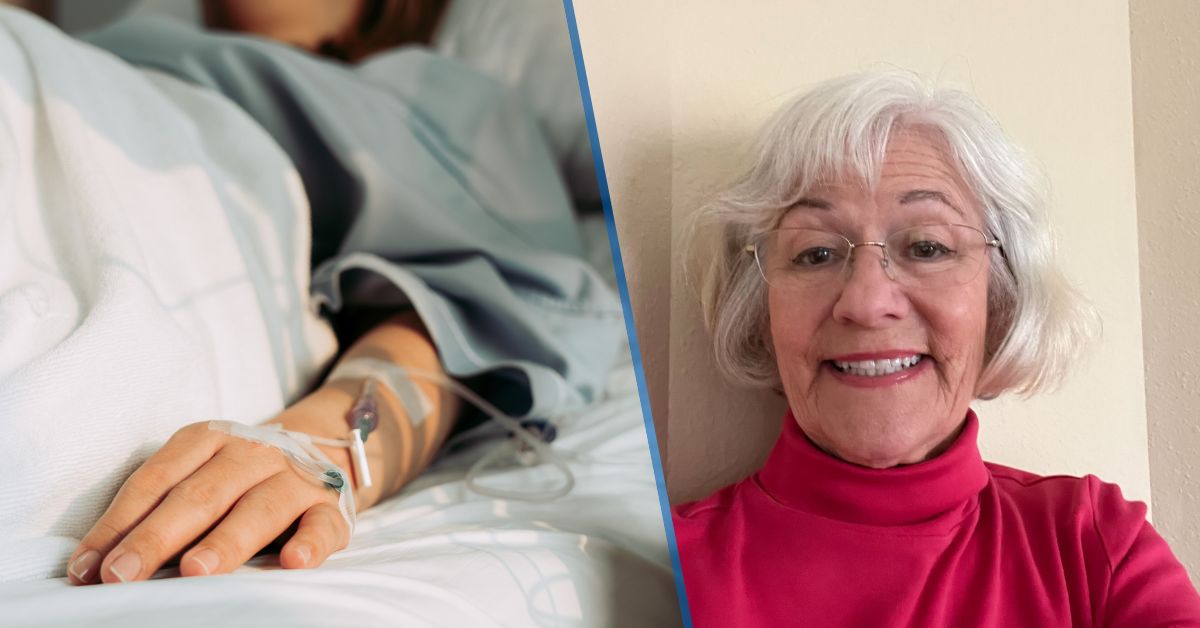Recovering after a cerebral aneurysm
Working together in the yard last fall, Carolyn Pope recognized that something wasn’t right with her husband. Although Tom’s speech was fine and he was walking normally, he seemed scattered and irritable and portrayed “crazy behavior.”
With growing concern after a few hours, Carolyn took her husband to the local emergency room. After a CT scan, Tom, a 54-year-old high school teacher, was diagnosed with subarachnoid hemorrhage.
“I don’t think anybody expected him to live,” Carolyn said.
Tom was taken via Life Flight to the Neuroscience Institute at Mercy Health – St. Vincent Medical Center for emergent evaluation. There, neuroendovascular surgeon Eugene Lin, MD, obtained a CT angiogram of Tom’s head and found a ruptured cerebral aneurysm.
What is an aneurysm?
An aneurysm is a weak outpouching in the blood vessel. When it ruptures, blood escapes the arteries and spills into surrounding tissue. When this happens in the brain, a ruptured aneurysm creates a rapid increase in pressure, causing the brain to stop working correctly.
Tom experienced a ruptured anterior communicating artery aneurysm in between the frontal lobes of his brain. He was taken urgently to the interventional lab where a minimally invasive procedure was performed to stop the hemorrhage by inserting tiny platinum coils to fill the aneurysm pocket.
Dr. Lin likens it to a bathtub that you’d like to prevent from filling with water. The coils and subsequent clotting are like cement filling the bathtub. Once the space is filled, there is no room for the blood making it impossible for pressure to build and the aneurysm to rupture again.
Brain aneurysms are fatal about 40 percent of the time. Of those who survive, about 66 percent will experience some sort of disability.
“Most of the time, aneurysms are silent until they rupture,” Dr. Lin said. While most people likely do not have an aneurysm, family history and new series of headaches are good reasons to get checked.
Aneurysm signs and symptoms
Common warning signs of a ruptured aneurysm include headaches, passing out, sudden vomiting, nausea and neck pain.
Tom didn’t have these typical symptoms, and he now says that he remembers very little of the October day when this happened. What little recall he has of this event didn’t come back until almost six weeks later when he realized he was in a hospital room.
“It’s very unnerving. When I started to recover, I was scared that I lost so much time,” he said. “I still struggle with my memory but it’s good to be upright.”
Since leaving the hospital, Tom has been active in numerous hours of therapy including speech, physical therapy and occupational health. He said he continues to get better thanks to hard work and the support of his wife and family.
If you or a loved one wants to get checked out for an aneurysm, our team can help. Find a doctor near you today.







3 Comments
Post a CommentGrace Ann helms
I TOO survived a raptured anyersum in 2012. They gave me less than 5% to survive. Like Tom a lot of therpy yes a lot if memory is gone and i can not do what i did prior to the rupture. GOD HAS PLANS FOR MEMercy Health
Thanks for sharing, Grace. That's great!Kris Turman
I survived a ruptured brain aneurysm, also occurring in October 2018! Like Tom, my memories of my first days in the hospital are very few. I still struggle with fine motor control, lack of concentration and focus and other things that people around me are not so likely to notice but these things drive me nuts!